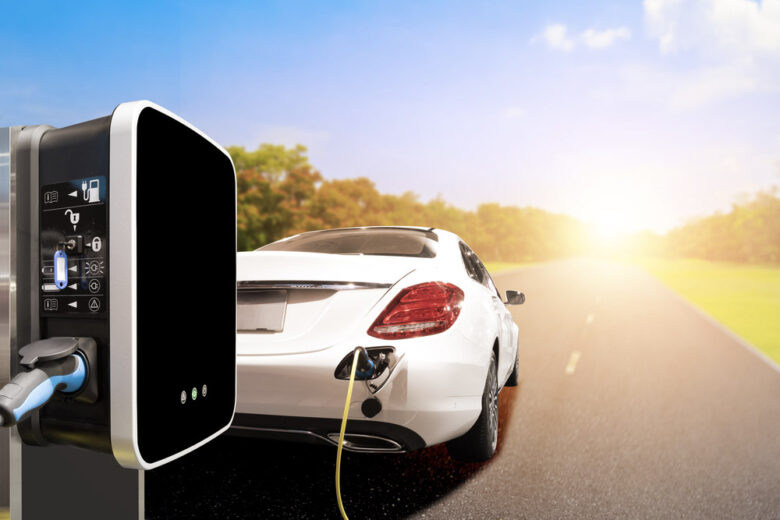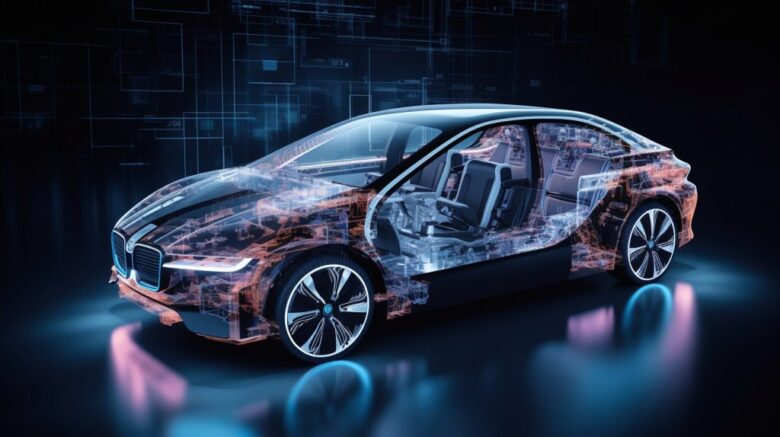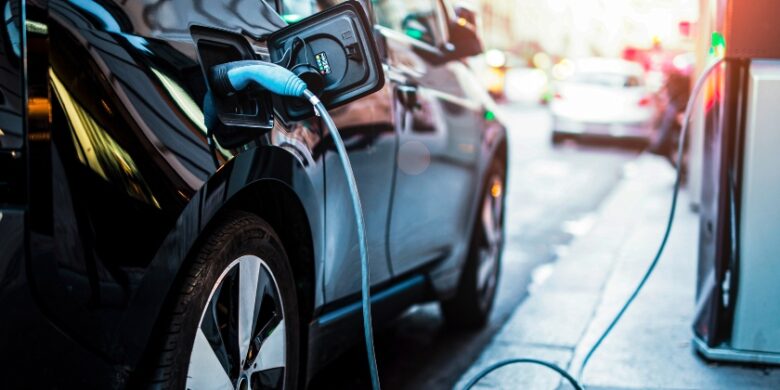The use of electric vehicles (EVs) has been on the rise in recent years. The demand for EVs has been increasing due to several factors, including environmental concerns, technological advancements, and government incentives. In this article, we will explore the reasons behind the rise in the popularity of EV cars.
Why Are EV Cars on the Rise?
One of the primary reasons for the increased popularity of EV cars is the rise of EV charging stations. As more charging stations are being built, it is becoming easier for people to own and drive EVs. The availability of charging stations has made it possible for people to travel longer distances without worrying about running out of battery power. Additionally, the cost of charging an EV is significantly lower than the cost of filling up a gas-powered car. This has made EVs more affordable and accessible to the general public.
Environmental Concerns

Source: youmatter.world
Another reason for the rise in the popularity of EV cars is environmental concerns. One major source of greenhouse gases is the transportation industry. EVs produce significantly fewer emissions than gas-powered cars, making them a more environmentally friendly option. As people become more aware of the impact of their actions on the environment, they are choosing to switch to EVs to reduce their carbon footprint.
Technological Advancements
Technological advancements have also contributed to the rise in the popularity of EV cars. EVs are becoming more advanced and sophisticated, with longer ranges and faster charging times. The advancement of battery technology has increased the range of EVs dramatically. Additionally, EVs are becoming more affordable, with prices dropping as battery technology improves.
Government Incentives
Government incentives have also played a significant role in the rise of the popularity of EV cars. Many governments worldwide offer tax credits, rebates, and other incentives to encourage people to switch to EVs. These incentives have made EVs more affordable and accessible to the general public. Additionally, many governments are investing in the development of EV charging infrastructure, making it easier for people to own and drive EVs.
Infrastructure Expansion
The proliferation of EVs hinges on the development of robust charging networks. The ongoing expansion of charging infrastructure worldwide is a critical catalyst for the widespread adoption of electric vehicles. Governments, private companies, and even individual entrepreneurs are investing heavily in the installation of charging stations across cities, highways, and public spaces. This expansion aims to alleviate range anxiety and make EV ownership more convenient and feasible for consumers. The concerted efforts to scale up charging networks are crucial in accelerating the transition from traditional vehicles to electric ones.
Battery Technology Breakthroughs

Source: ts2.space
Recent strides in battery technology have revolutionized the EV landscape. Breakthroughs in battery design, composition, and manufacturing processes have significantly improved energy density, resulting in longer driving ranges for electric vehicles. Moreover, advancements have led to faster-charging capabilities and increased battery longevity. These technological enhancements are pivotal in bolstering consumer confidence, eradicating concerns about range limitations, and enhancing the overall efficiency of electric vehicles.
Rising Consumer Demand
The trajectory of consumer preferences is decisively inclining towards electric vehicles. This shift is underscored by evolving market trends that reflect a growing appetite for environmentally conscious and technologically advanced transportation options. Factors such as heightened environmental awareness, lower operational costs, and the allure of innovative features are fueling the surge in consumer demand for EVs. Notably, this trend transcends demographics, with a diverse array of consumers embracing electric vehicles for varied reasons, driving a notable spike in their popularity.
Economic Impact
The economic advantages associated with owning an EV extend far beyond environmental benefits. The considerable cost savings in fuel and maintenance, coupled with incentives like tax credits and reduced operational expenses, position electric vehicles as a financially sound investment. Over time, the potential for lower overall ownership costs compared to traditional gasoline-powered vehicles is a compelling factor attracting consumers. This economic appeal has a profound impact on consumer decisions and could significantly influence the global automotive market.
Policy and Regulatory Frameworks

Source: cms.law
Government policies and regulatory frameworks play a pivotal role in shaping the landscape for electric vehicle adoption. Incentives, subsidies, emission reduction targets, and stringent regulations promoting the use of electric vehicles are driving forces behind their increasing popularity. Policy interventions at national and local levels, including investment in charging infrastructure and stringent emission standards, are instrumental in accelerating the transition towards sustainable transportation. These frameworks not only incentivize consumers but also spur innovation and market competitiveness within the automotive industry.
EV Technology Integration
The integration of EV technology goes beyond the vehicles themselves and extends into the realm of smart grids and Vehicle-to-Grid (V2G) systems. Smart grids facilitate efficient charging, load management, and optimization of electricity usage, fostering a more sustainable and grid-responsive infrastructure. Additionally, V2G systems enable EVs to not only draw power from the grid but also return excess energy, acting as mobile energy storage units. This bidirectional flow of electricity has the potential to stabilize the grid, reduce peak demands, and offer economic benefits to EV owners. Understanding these integrated technologies sheds light on the holistic impact and potential of electric vehicles within the broader energy ecosystem.
Other Reasons for the Rise in Popularity
Apart from the above reasons, several other factors have contributed to the rise in the popularity of EV cars. One of the most significant factors is the increasing awareness of the benefits of EVs. As more people learn about the advantages of EVs, they are more likely to consider purchasing one. Additionally, the design of EVs has improved significantly in recent years, making them more attractive to consumers. EVs are now available in various styles and colors, making it easier for people to find a model that suits their needs and preferences.
To Conclude
The rise in the popularity of EV cars can be attributed to several factors, including the rise of EV charging stations, environmental concerns, technological advancements, and government incentives. As more people become aware of the benefits of EVs, we can expect to see continued growth in the popularity of EV cars. If you are considering purchasing an EV, it is important to do your research and choose a model that meets your needs and budget. With the right EV, you can enjoy the benefits of a cleaner, more sustainable mode of transportation.
